Nutrients Fuel Workplace Wellness
Nutrients Fuel Workplace Wellness
It’s 3 p.m. and you are sitting at your desk with a fresh cup of coffee in-hand; your stomach rumbles, asking for a snack. A push notification slides onto your screen; you look up and realize you have been staring blankly at your computer for the last 10 minutes.
The afternoon slump is a common phenomenon plaguing many workplaces. Getting caught in the midst of a slump leads to diminished productivity, irritability and general tiredness. Many offices have identified this phenomenon as employee burnout and have begun to take measures to prevent it by developing workplace wellness programs.
Workplace wellness programs streamline healthy habits and are a way for employees to connect to their workplace in a positive way.
Workplace wellness is a giant industry, too. It is expected to be valued at $74 billion by 2026, according to Allied Market Research.
So, what is the big hype about?

Photo from Unsplash
Importance of office wellness programs
Managing that stress to avoid potential burn-out becomes practically a job itself. Because of that offices have begun to proactively develop wellness programs that employees can easily participate in.
82% of large firms have a wellness program in place that focuses around quitting smoking, managing weight or lifestyle coaching. While acknowledging and improving these behaviors is no doubt beneficial, many employers miss the root while tending to the rest of the issue.
It turns out, what we put in our bodies daily is what really matters, according to Alina Zolotareva, RDN.
“Food is most important, period. All other benefits are really significant but the two biggest keys to daily wellbeing and productivity is high quality sleep and high quality meals,” said Zolotareva.

Local Roots market at an office
Food is the #1 factor for employee wellness
The thought of arriving at work to a feast of bagels and donuts in the kitchen is a dream for many office workers. But, for how exciting and camaraderie-building this treat seemingly is, the benefits are short-lived. A few hours later, after the excitement wears off, sluggishness takes its place.
97% of employees have a positive view toward healthy food options as part of a workplace wellness plan. Despite this, only 10% of adults actually consume the recommended daily intake of vegetables. Readily available healthy snacks are a great way to cater to this need.
One approach is for offices to “provide fresh, local produce, raw or roasted nuts, unsweetened yogurts, hummus, etc. and avoid the pitfalls of vending machine junk food,” according to Zolotareva. When people have apparent options for healthy foods, they will think more about the choice they make.
“To ensure a productive workforce, you need to make sure they are a well-nourished workforce,” Zolotareva said.
Incorporate healthy food in your workplace wellness program
Small steps toward healthier habits can lead to drastic improvements. The following are great options to try out at your workplace:
-
Order catered lunch from local sources
The general rule of thumb is: the shorter the distance, the better the nutrients. If your company offers catering during the week, consider partnering with one that uses local ingredients in their recipes.
-
Host a healthy happy hour
We’ve all heard of an ice cream social. But, what about a local produce social? Host a “healthy happy hour” and bring in fruits and vegetables from local farms. To further engage the crowd, host a competition on who can make the best dish with the ingredients on the table.
-
Provide healthy snacks
Make it just as easy to crunch on an apple as it is to open a bag of chips. Fresh fruits and vegetables make great afternoon pick-me-ups and will keep employees energized for longer.
Want to bring a healthy happy hour or Local Roots market table to your office? Click here to reserve one today.
Article contributed by Local Roots Nyers Lilly Eggert
Rather have a taste first?
Local Roots Experiences are fun, pop-up events where we bring the farm to you!

Become a Harvest Club Pick Up Location
Are you a NY based cafe, bar, or neighborhood business? Become a Harvest Club pick up location and have community members come to your establishment each week to pick up their Local Roots harvest.
Top






